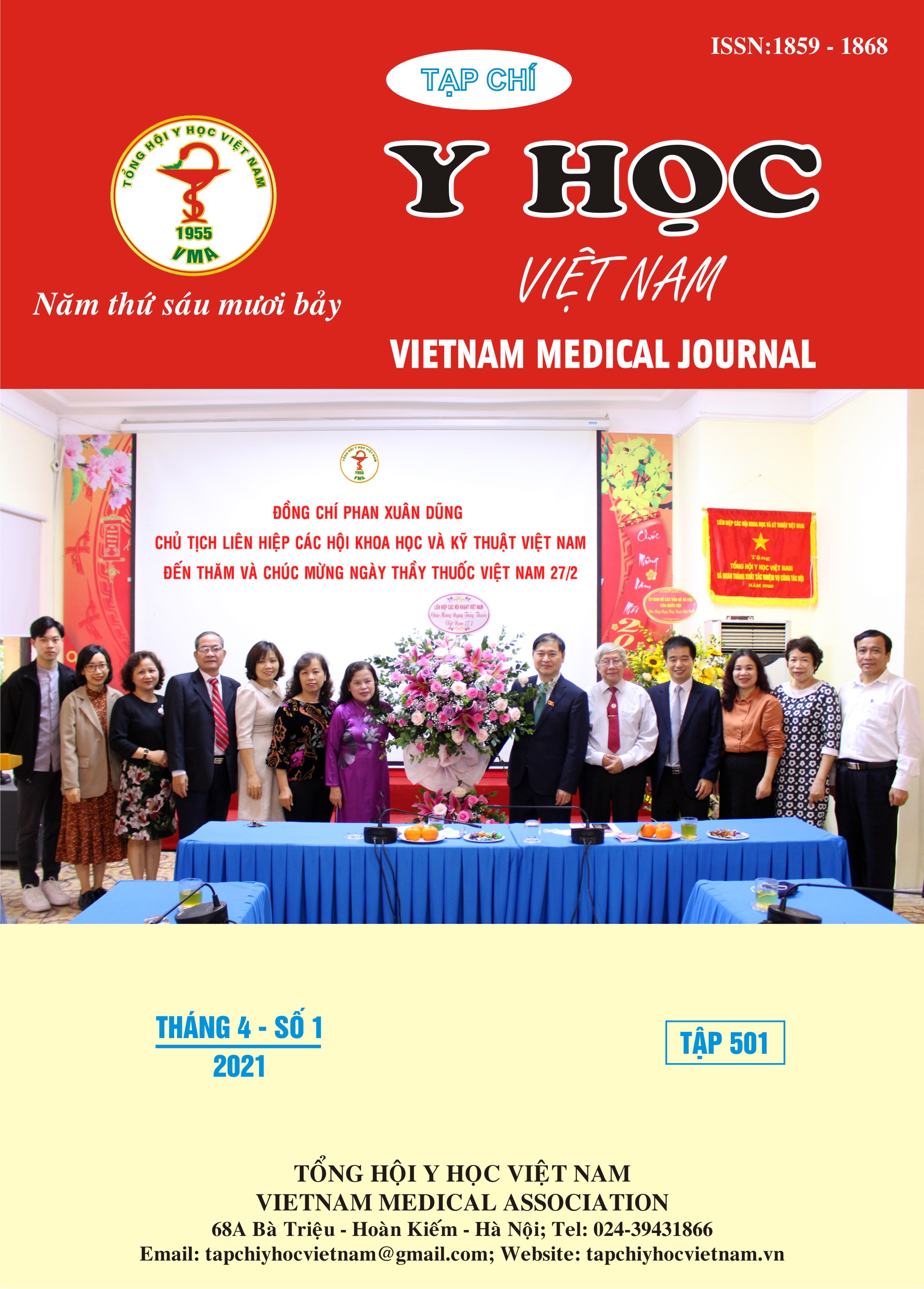HIỆU QUẢ DỰ PHÒNG BỆNH SÂU RĂNG Ở HỌC SINH 12 TUỔI TẠI TỈNH TIỀN GIANG
Nội dung chính của bài viết
Tóm tắt
Đặt vấn đề: dự phòng bệnh răng miệng ở trẻ em là vấn đề ưu tiên hàng đầu nhằm giảm gánh nặng do bệnh gây ra trong cộng đồng. Mục tiêu: đánh giá hiệu quả dự phòng bệnh sâu răng ở học sinh 12 tuổi tại tỉnh Tiền Giang. Phương pháp: nghiên cứu can thiệp có đối chứng, 1.259 học sinh, không sâu răng được chia thành 3 nhóm, can thiệp giáo dục sức khỏe răng miệng, súc miệng nước Fluor, trám bít hố rãnh trong 18 tháng và đánh giá kết quả sau 30 tháng. Kết quả: sau can thiệp, tỷ lệ học sinh mắc bệnh sâu răng giảm dần ở nhóm chứng, nhóm can thiệp 1 và nhóm can thiệp 2 lần lượt là 48,3%; 17,2% và 10,1%. Hiệu quả can thiệp giữa nhóm can thiệp 1 và 2 so nhóm chứng trên trung bình sâu mất trám răng (SMTR) và sâu mất trám mặt răng (SMTMR) tăng lần lượt là 1225%-1300% và 850,6%-856,3%. Hiệu quả dự phòng bệnh sâu răng ở nhóm can thiệp 2 cao hơn nhóm can thiệp 1. Sau trám bít hố rãnh bằng Fuji VII: tỷ lệ học sinh mắc bệnh sâu răng ở nhóm can thiệp (1,8%) thấp hơn nhóm chứng (9,3%); hiệu quả can thiệp giữa nhóm can thiệp so nhóm chứng trên trung bình SMTR và SMTMR tăng lần lượt là 583,3% và 300%. Kết luận: hiệu quả dự phòng bệnh sâu răng tăng cao khi phối hợp các biện pháp can thiệp. Các biện pháp dự phòng bệnh ở học sinh 12 tuổi tại tỉnh Tiền Giang đã mang lại hiệu quả cao.
Chi tiết bài viết
Từ khóa
sâu răng, SMTR, SMTMR, Tiền Giang
Tài liệu tham khảo
2. Tạ Quốc Đại (2012), Đánh giá hiệu quả kiểm soát mảng bám răng trong dự phòng sâu răng, viêm lợi ở học sinh 12 tuổi tại một số trường ở ngoại thành Hà Nội, Luận án Tiến sỹ Y học, Viện Vệ sinh Dịch tễ Trung ương.
3. Phùng Thị Thu Hà, Lương Thị Thu Hằng (2013), “Đánh giá hiệu quả lâm sàng của Fuji VII trong trám bít hố rãnh dự phòng sâu răng trên các răng hàm lớn thứ nhất ở trẻ em từ 6 đến 9 tuổi”, Y học thực hành, 876(7), pp. 88-89.
4. Nguyễn Anh Sơn (2019), Thực trạng và một số yếu tố liên quan đến bệnh sâu răng, viêm lợi, hiệu quả can thiệp ở học sinh khối lớp 6 một số trường trung học cơ sở huyện Bình Xuyên, tỉnh Vĩnh Phúc, Luận án Tiến sỹ Y tế công cộng, Viện Vệ sinh Dịch tễ Trung ương.
5. Trần Tấn Tài (2016), Thực trạng bệnh sâu răng và hiệu quả của giải pháp can thiệp cộng đồng của học sinh tại một số trường tiểu học ở Thừa Thiên Huế, Luận án Tiến sỹ Y học, Trường Đại học Y Dược Huế.
6. Trần Thị Kim Thúy (2019), Nghiên cứu dự phòng sâu răng vĩnh viễn giai đoạn sớm bằng nước xúc miệng Fluor cho học sinh 7 - 8 tuổi ở tỉnh Phú Thọ, Luận án Tiến sỹ Y học, Viện Nghiên cứu Khoa học Y Dược Lâm sàng 108.
7. Trần Đình Tuyên (2012), “Phân tích hiệu quả trám bít hố rãnh trong phòng bệnh sâu răng bằng Glassionomer cement ở trẻ em dưới 15 tuổi qua các nghiên cứu lâm sàng”, Y học thực hành, 834(7), pp. 21-22.
8. Vũ Mạnh Tuấn (2013), Nghiên cứu dự phòng sâu răng bằng Gel Fluor, Luận án Tiến sĩ y học, Trường Đại học Y Hà Nội.


